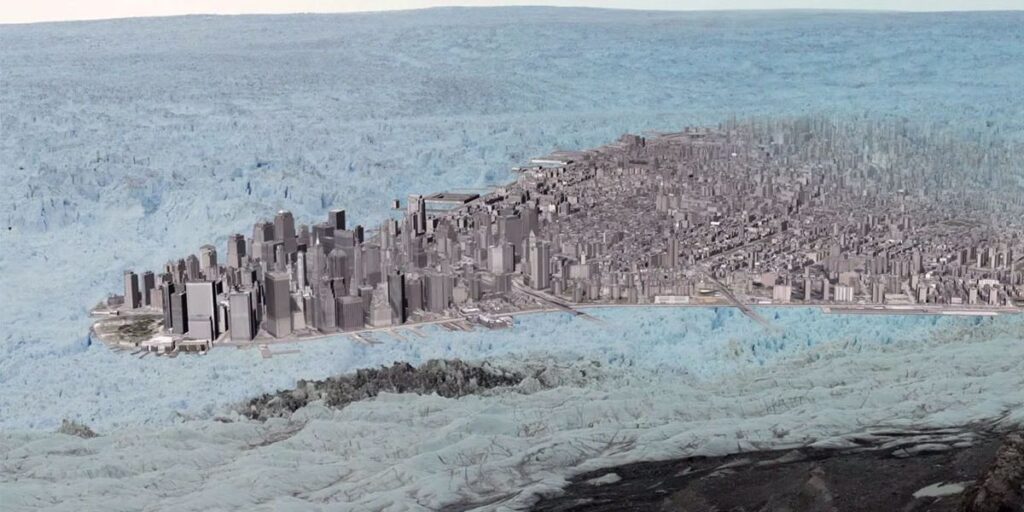Recently captured footage of a calving glacier has provided a stark and tangible example of the ongoing climate crisis. The video, which shows a massive piece of ice breaking away from the glacier and crashing into the sea, is a dramatic representation of glacial retreat, a critical symptom of global warming.
Glaciers are significant indicators of climate change, as rising temperatures cause them to melt and retreat. This phenomenon, known as glacier calving, happens when chunks of ice break off at the edge of a glacier. While it is a natural process, the increased frequency and scale of calving events point to a worrying trend.
Studying these glacial activities can offer insights into the severity of rising global temperatures. Scientists globally agree that increased glacier calving and retreat are indicative of climate change, and the resulting sea-level rise is a pressing concern.
The footage of the calving glacier is more than just visually striking; it’s a potent reminder of the urgent action required to mitigate climate change. It also highlights the grave reality of melting ice caps and glaciers, which can cause devastating floods and other natural disasters, impacting humans and wildlife alike.
Efforts to curb greenhouse gas emissions are essential to slow down global warming and, in turn, glacial retreat. As scientists continue to study and monitor these changes, it’s crucial that governments, businesses, and individuals understand the implications of these findings and take action.
As the footage of the calving glacier circulates, it serves as a visual wake-up call. It’s a stark reminder of the need to prioritize climate change mitigation efforts globally. While one video cannot encapsulate the vastness of the climate crisis, it can certainly contribute to raising awareness and driving urgent action.
